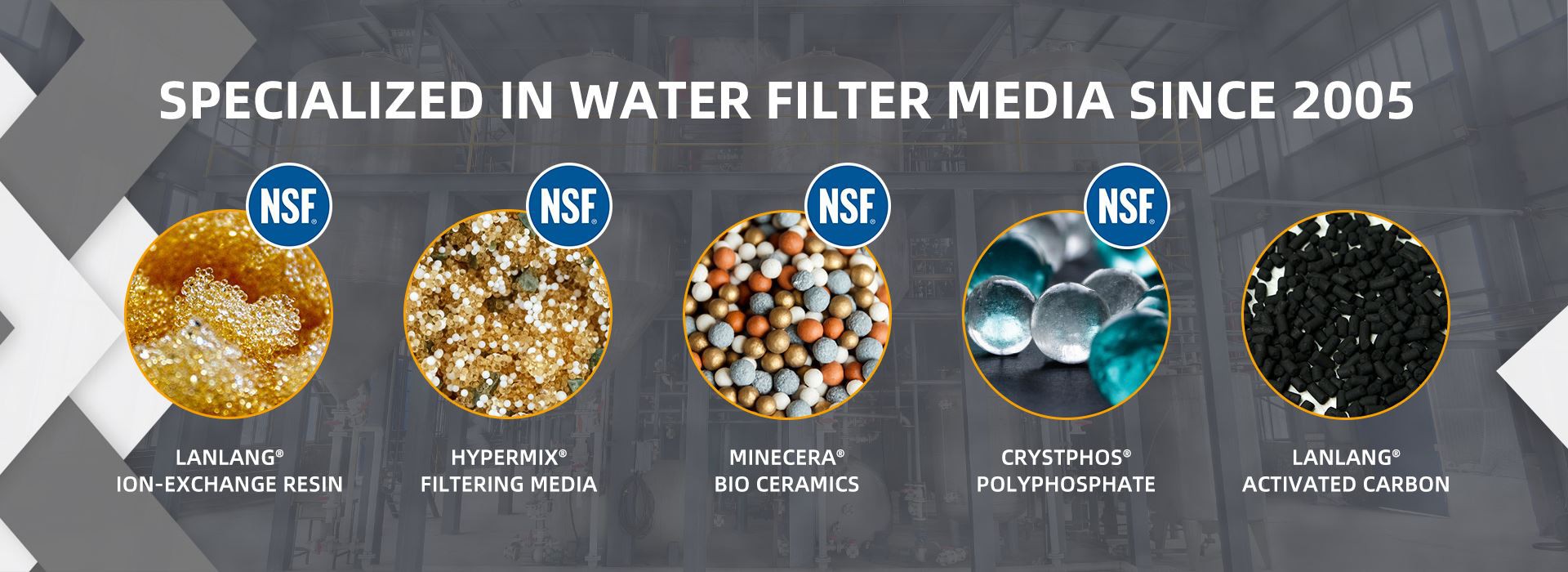Strong anion exchange resin is a type of polymer that contains positively charged functional groups, which can strip negatively charged ions from a solution. This makes it a powerful tool in many applications, including water treatment, chromatography, and industrial chemical processing.
In water treatment, strong anion exchange resin is used to remove contaminants such as nitrate, fluoride, and arsenic from drinking water. The negatively charged ions are attracted to the positively charged functional groups on the resin, binding to them and being removed from the water. This process is known as ion exchange.
In chromatography, strong anion exchange resin is used to separate and purify molecules based on their charge. Samples are passed through a column containing the resin and the negatively charged molecules are retained, while others pass through. By controlling the pH and salt concentration, specific molecules can be selectively eluted from the column.
In industrial chemical processing, strong anion exchange resin is used to remove impurities and contaminants from various chemical solutions. It is also used for the purification of catalysts and other chemical agents.
There are different types of strong anion exchange resins available, each with unique properties and characteristics. Some resins have a higher capacity for binding certain ions, while others are more resistant to chemical degradation. The choice of resin depends on the specific application and the nature of the ions to be removed.
Overall, strong anion exchange resin is a powerful and versatile tool that is widely used in various industries. Its ability to selectively remove negatively charged ions from solutions makes it an essential component of many processes, from water treatment to chemical manufacturing.


